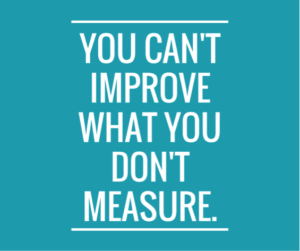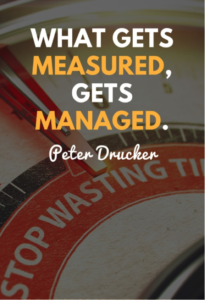Metrics Matter in Leadership
By Jennifer Taylor In Original Thoughts
It’s apparent whether you actually study leadership development or if you simply start a conversation with any circle of acquaintances – the general workforce is not engaged. Most Americans are living for the weekend, for holiday breaks from the office, for long-awaited-and-eagerly-anticipated vacations. To put it into quantifiable terms, it is estimated that 55% of employees are apathetic about their jobs, while an additional quarter of the population is actively disengaged. This means that 80% of our U.S. workforce is NOT engaged.
Plus, the trend seems to be even further on the decline, despite companies pouring billions of dollars (as of last year, nearly $20 billion, to be exact) into various leadership training and development initiatives. Most companies average spending $1,000 per high-potential employee per year, in fact!
How can this be? And what can we do about it? And, at the end of the day, what’s the missing piece of the puzzle to explain this negative correlation?
Leadership Metrics.
Fewer than half of these companies investing billions into formal programs have metrics in place to evaluate the overall effectiveness of the leaders and their progress. Oftentimes, leadership development efforts simply consist of PowerPoint presentations, recommended readings, and long lectures. However, studies have found that adult learners in a lecture forget nearly half of the material they’ve been taught within just two weeks.

At Assessment+, we believe in sustainable improvement, and we believe that data is at the heart of leadership development. You wouldn’t go through school without ever taking a single exam to measure the knowledge you’d acquired, so why is the working world any different? Our process for leadership and organizational development is centered around assessments, and we’ve found it to be the most effective method possible.

We agree with Peter Drucker: “If you can’t measure it, you can’t improve it!” You must know where you are, where you intend to go, and how to get there – and leadership metrics help you do just that. They also help the organization determine the success of these leadership development initiatives. After all, if they’re going to invest billions, they should confirm that it’s working!
When leaders participate in our full process – including an initial assessment, coaching, goal setting, and continuing to following up periodically and informally with stakeholders over the next 3-6 months – more than 90% are perceived to be more effective! And those are metrics we can be proud of!
Sources:

